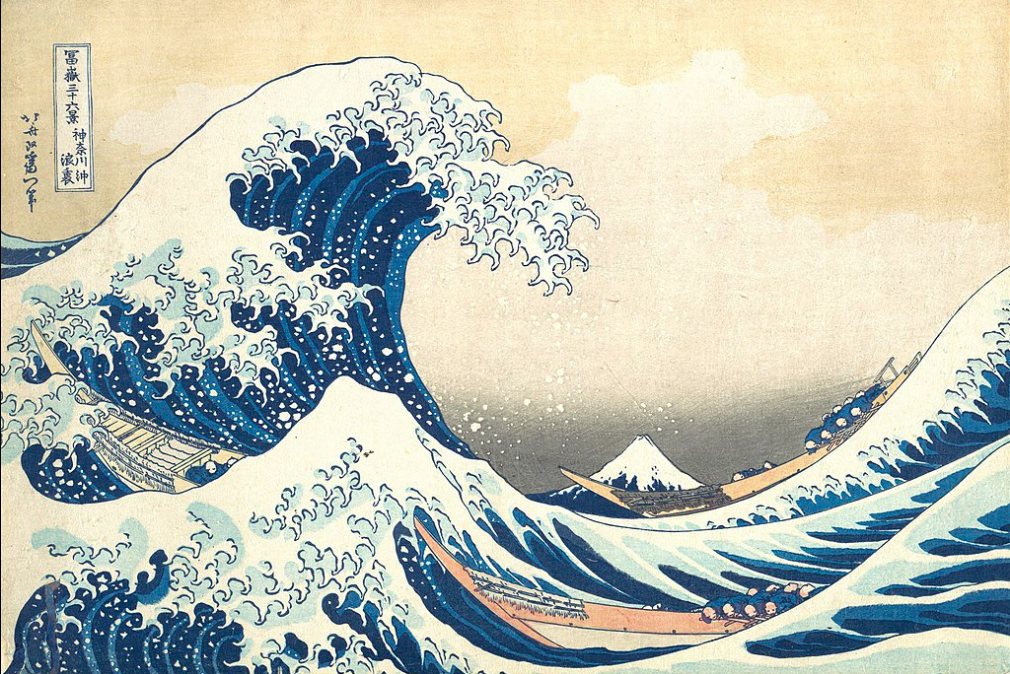
One of the most common misconceptions that I have encountered is that creative people are inherently innovative, and vice versa. Given the title of the article, you can probably guess that it is not quite true. While creativity is a necessary component of innovation, it is not sufficient on its own.
Creativity involves the ability to generate novel and unique ideas that are useful, while innovation refers to the successful implementation of those ideas. In other words, creativity is about ideation and innovation is about execution. While creative people may have a knack for generating novel ideas, they may not necessarily have the skills, resources and, more importantly, the mindset to turn these ideas into reality. Conversely, innovative individuals may not be the ones to generate the original idea, but they have the skill set and determination to develop, refine, and implement the idea in a way that creates value.
For example, an artist who creates beautiful art pieces may be highly creative, but they may not necessarily have the skills to market their art effectively or turn it into a profitable business.
Similarly, innovative people may not always be creative. For instance, a business leader who successfully introduces a new product to the market may not even have come up with the initial idea for that product. Instead, they may have identified a gap in the market and worked to develop a solution to meet that need.
So, how can the creative become more innovative, and the innovative become more creative?
For creative people, it is essential to develop skills beyond ideation. Here are few recommendations that might be helpful:
- Discover new areas of interest. One of the most common statements I keep hearing from the creatives, especially regarding business related activities is “it’s not my thing”. Which is odd, because one of main qualities of creative people is being open to exposure to new experiences, ideas, and perspectives. So, exploring different areas of interest outside of the current field or industry has to come naturally. The truth is, it’s important to embrace the mindset that there is something fundamentally interesting and worthy to explore in any area. So, take this as an encouragement to explore those and find what interests you. It could be done through attending events, reading books or articles on business related subjects, or even taking a class in a completely new subject that you wouldn’t normally do. Treat it as a new experience, and being the creative you are, you can even gamify the whole process and see what comes out of it.
- Learn to collaborate. Especially with others can help to spark new ideas and inspire innovation. Consider working with people who have different backgrounds or skill sets to bring fresh perspectives to the table. In companies, that drive innovation, creativity can be fostered in different forms of collaboration, such as brainstorming sessions, cross-functional teams, or design sprints.
- Challenge assumptions. Creativity often requires breaking away from the norm and challenging assumptions. Try this very approach to problems or tasks and question traditional assumptions and beliefs you have about them. This can help to generate new ideas and solutions that may not have been considered before. Design thinking can teach a whole bunch of this as a creative problem-solving approach, which involves empathy, ideation, prototyping, and testing. With this approach, the creative can learn to approach challenges in a more structured and intentional way, that will guarantee more innovative solutions.
Innovative people, on the other hand, can benefit from developing their creativity and here are few recommendations on how to do that.
- Embrace creativity. In order to become more creative, it’s important to embrace the mindset of a creative person. This means being open to new experiences, experimenting, and taking risks. Consider incorporating creative exercises such as brainstorming, mind mapping or even free writing sessions into your routine to spark new ideas, in other words, engage in activities that promote divergent thinking. These activities can help to generate a wide range of ideas and promote creative problem-solving.
- Find a creative expression. Whether it is music, painting, writing, sculpting, experimental photography or performance art, teach yourself to experiment, become curious, discover new things and constantly push the boundaries of what is possible to do within the art you are creating or with the tools and equipment you are using. Be encouraged to follow your curiosity, instead of rigid rules, that you know all too well. And if you are too concerned to be too experimental in your business, give yourself the freedom to be experimental, curious and intuitive in your artistic endeavors. This will teach you to see and think beyond the obvious.
- Practice mindfulness. Dedicate at least 5 minutes a day to focus on the present moment and clear your mind of distractions. Consider practising mindfulness techniques such as meditation, deep breathing or just sitting with your eyes closed in quiet. Creativity is greatly stimulated in a restful and quiet state.
To conclude, creativity and innovation are two distinct but interrelated concepts and if you can combine the two, you are bound to be unstoppable.